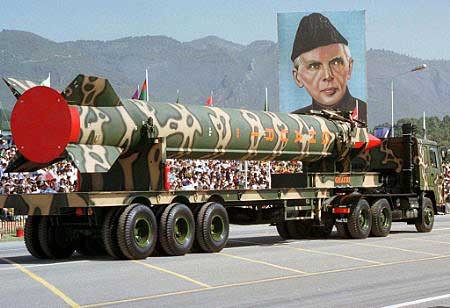Policy Brief
Stability in the Nuclear Context: Making South Asians Safe
by: Moeed Yusuf
Date: November 25, 2010
South Asia Advisor to the US Institute of Peace Moeed Yusuf authors this month’s Policy Brief on Nuclear Security, and outlines a plan for working towards strategic stability in the region
India and Pakistan tested nuclear weapons in 1998, declaring their respective capabilities to the world for the first time. With the tests came tremendous global attention which required a responsible and mature response from both sides. Twelve years on, one is compelled to accept significant progress in terms of ensuring stable deterrence. Much of this however is attributable to individual actions by both sides. Mutual cooperation has been sluggish; this, by itself, implies a suboptimal state as far as strategic stability is concerned. It is a misnomer for geographically contiguous nuclear powers to believe that the nuclear environment can be truly stable without active collaboration with the adversary aimed at minimizing risks. Indeed, as many continue to highlight, the stakes are simply too high for the nuclear aspect to be held hostage to the overall state of the Pakistan-India relationship. Yet, this is precisely what these two South Asian powers are guilty of.
This security brief analyzes the state of strategic stability in South Asia. The ingredients of stable deterrence are highlighted and Pakistan and India’s progress towards this ideal is evaluated. Practical recommendations for enhancing stability are presented subsequently. These can be taken up in future track-I or track-II deliberations.

